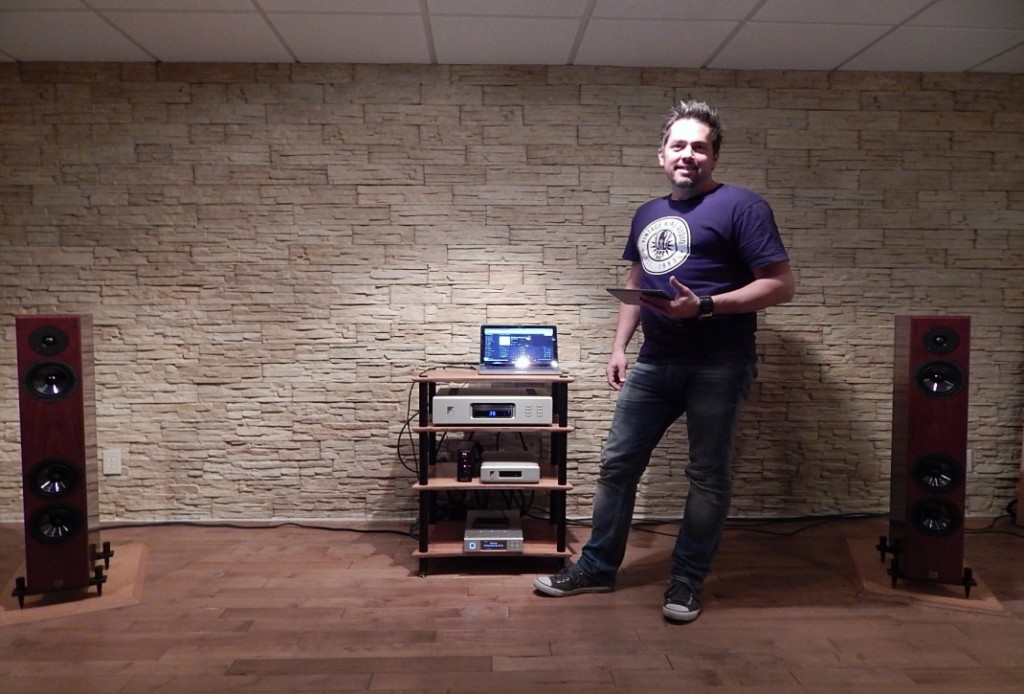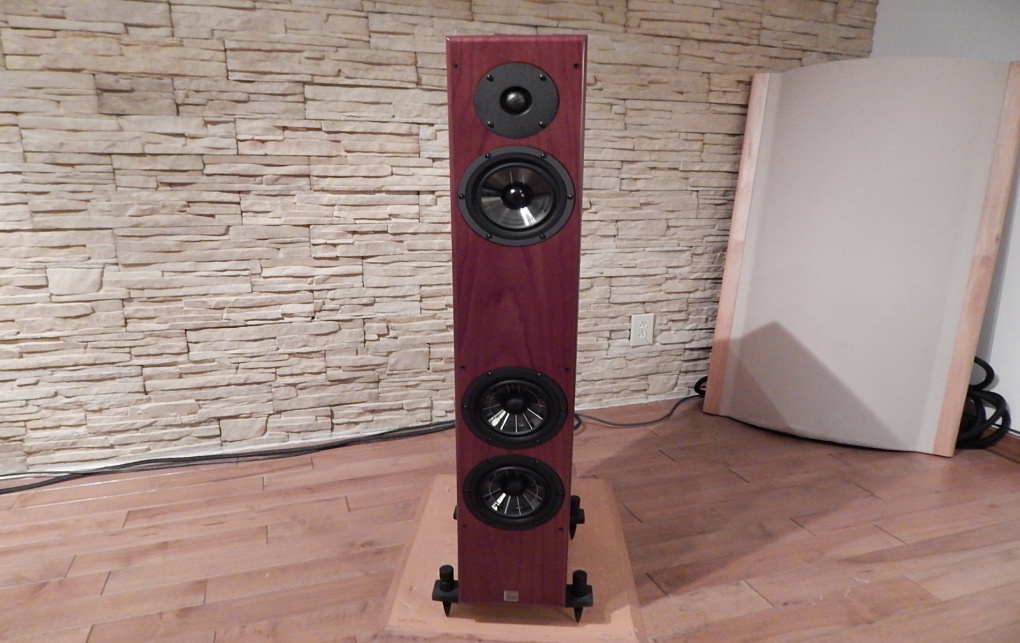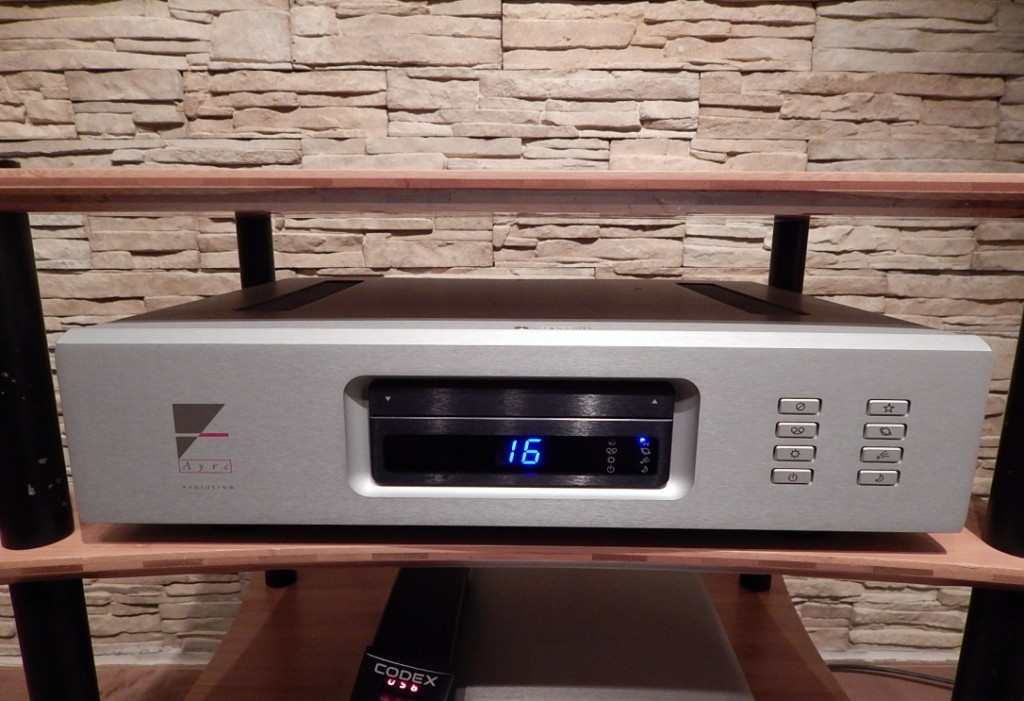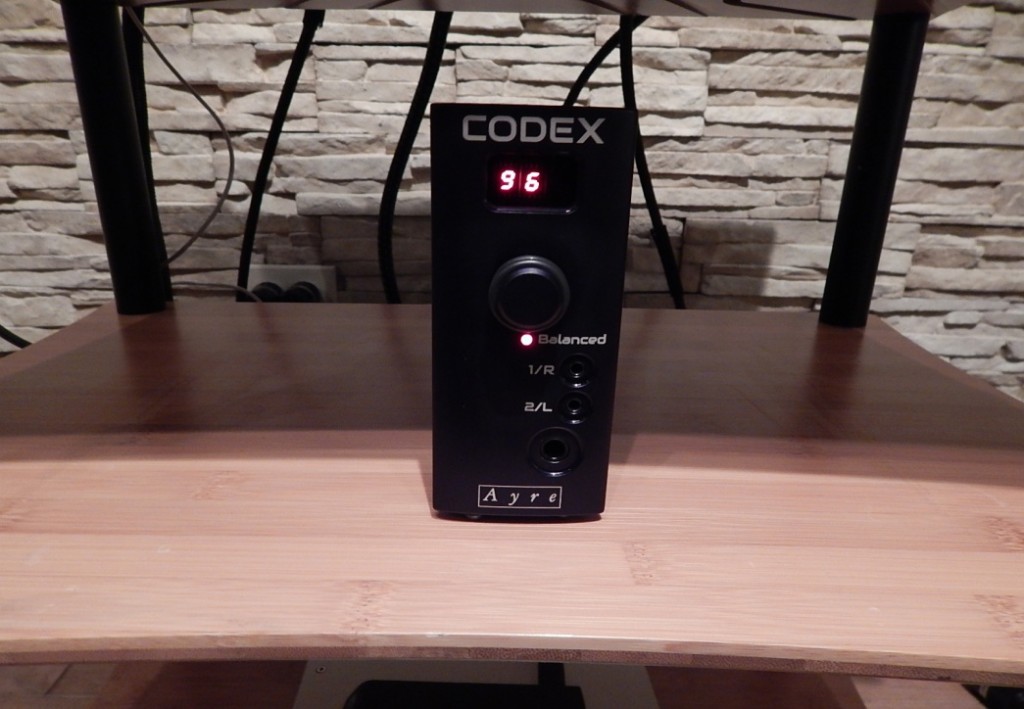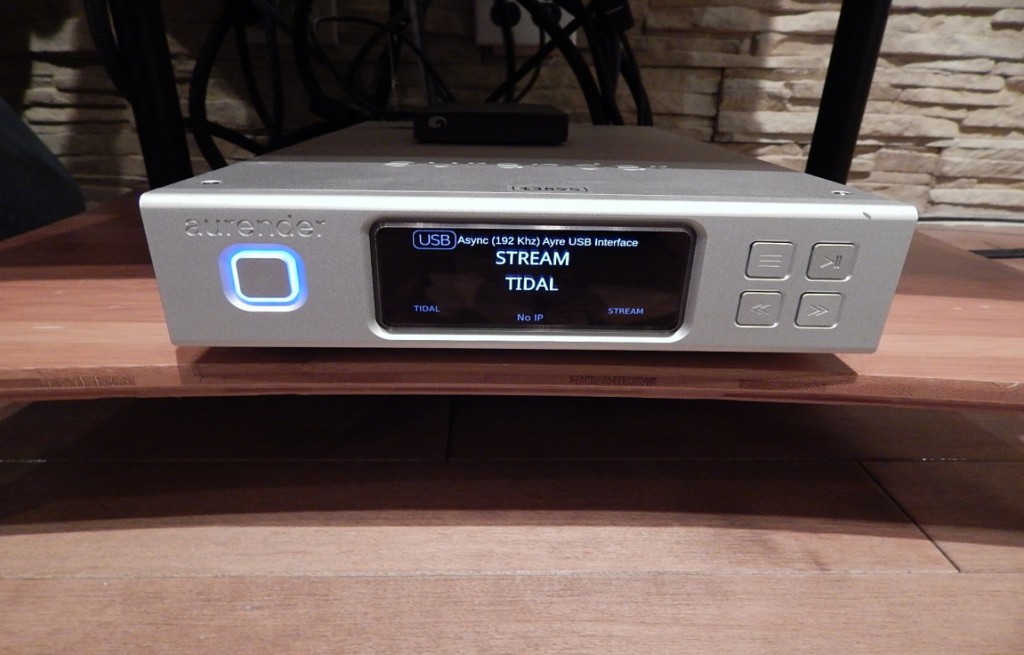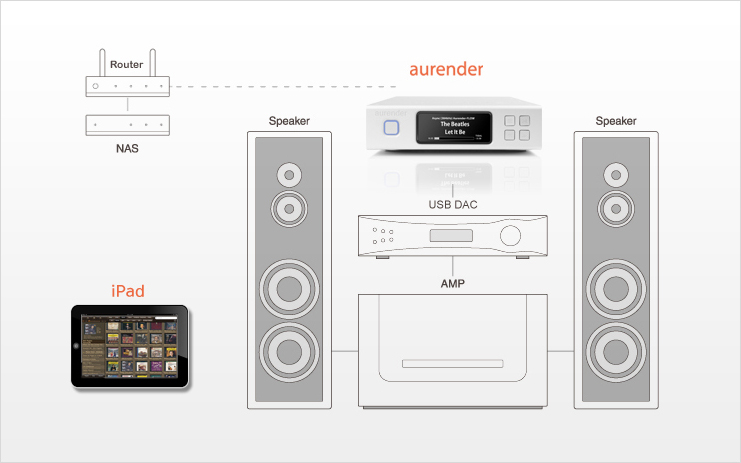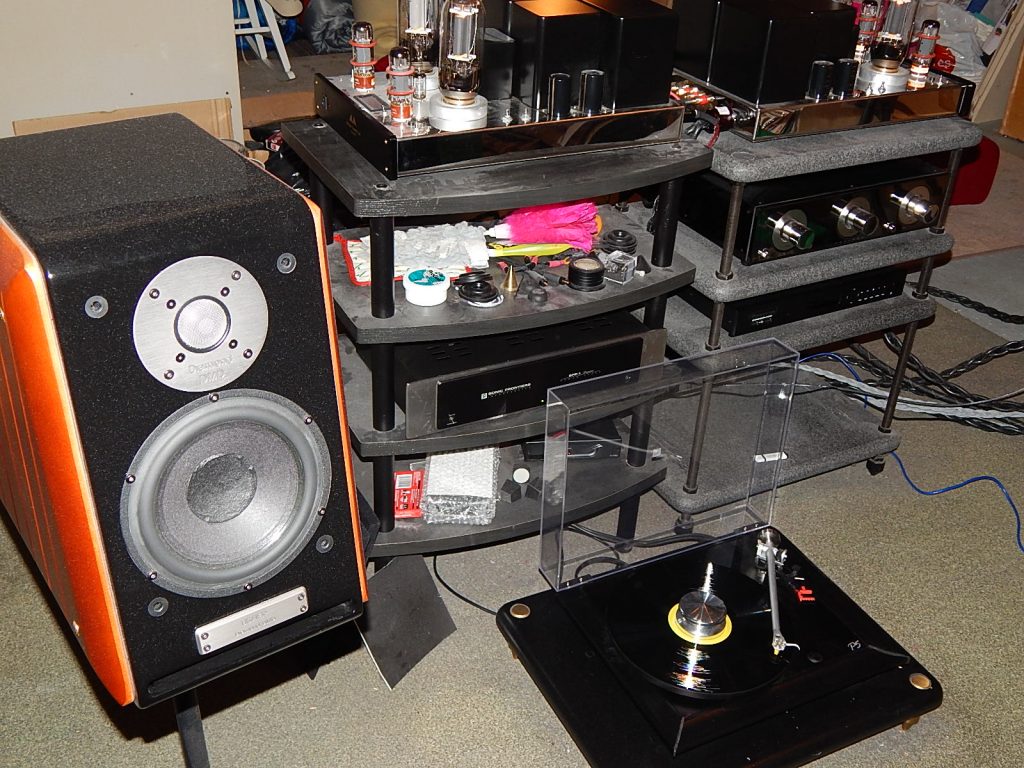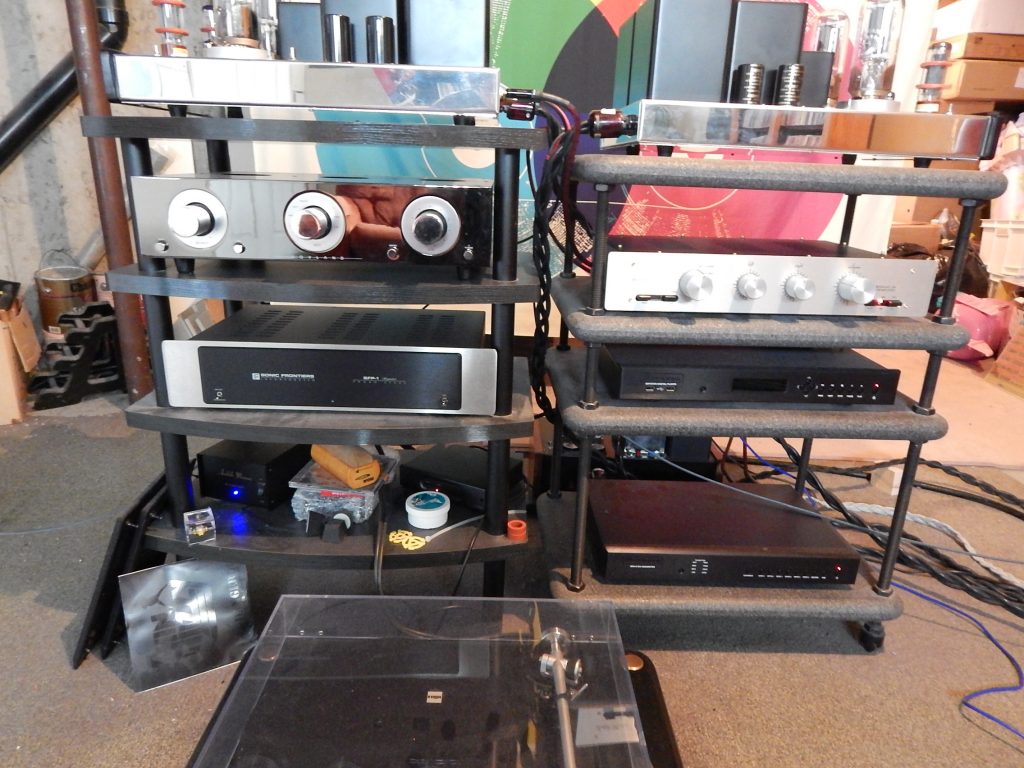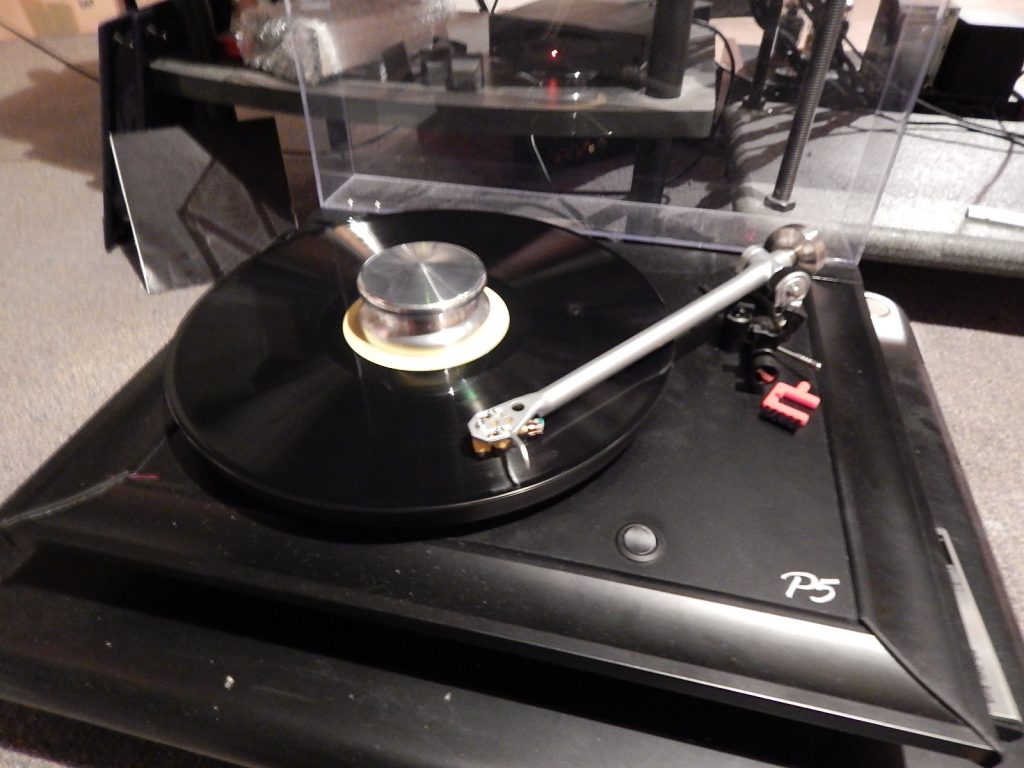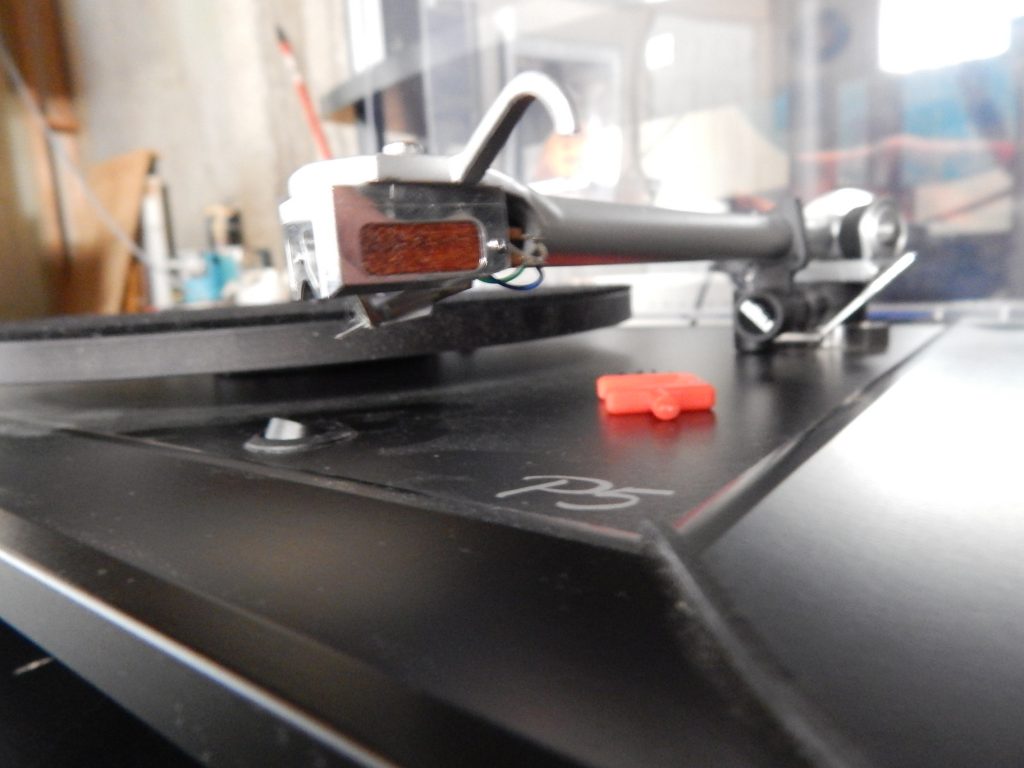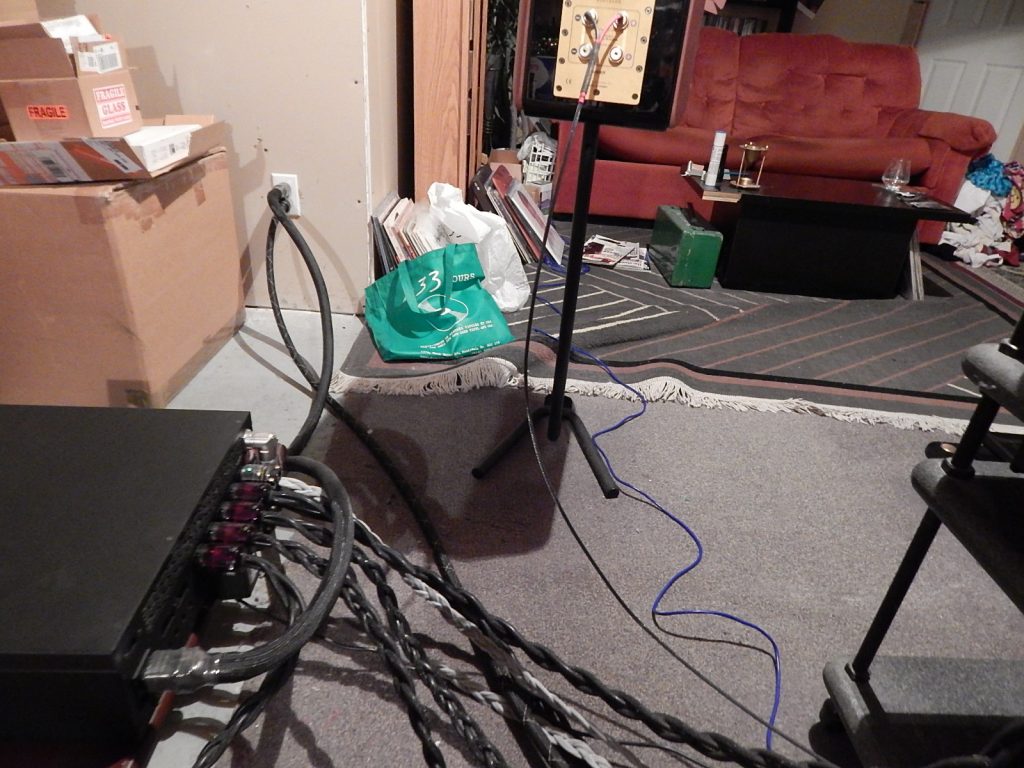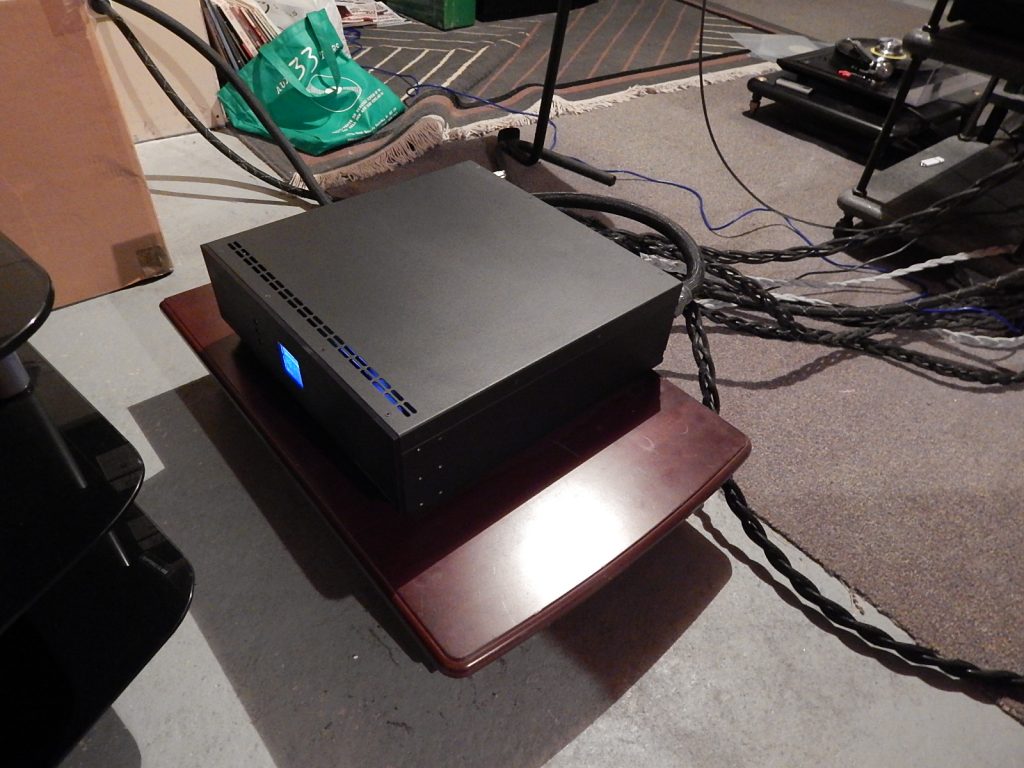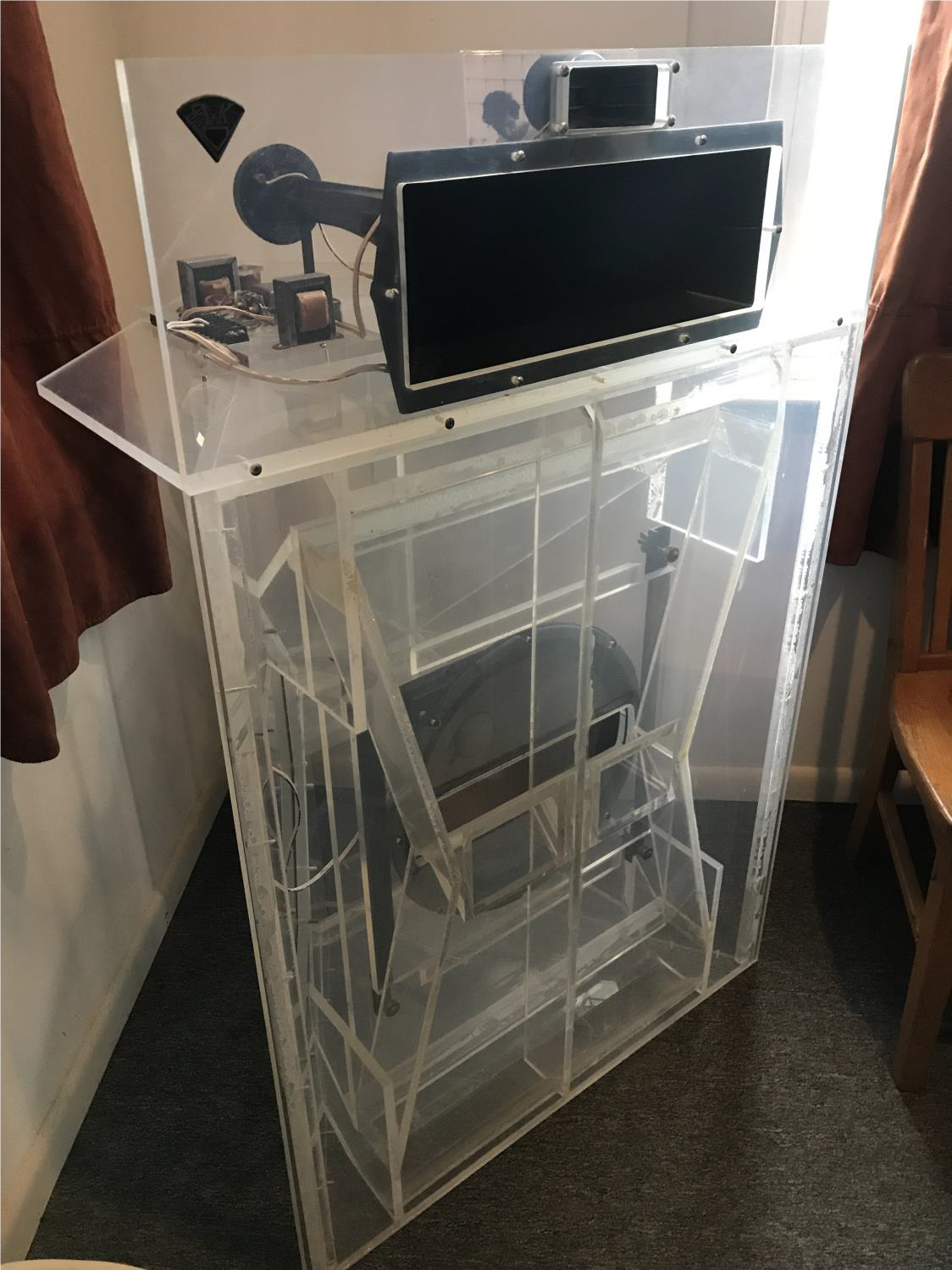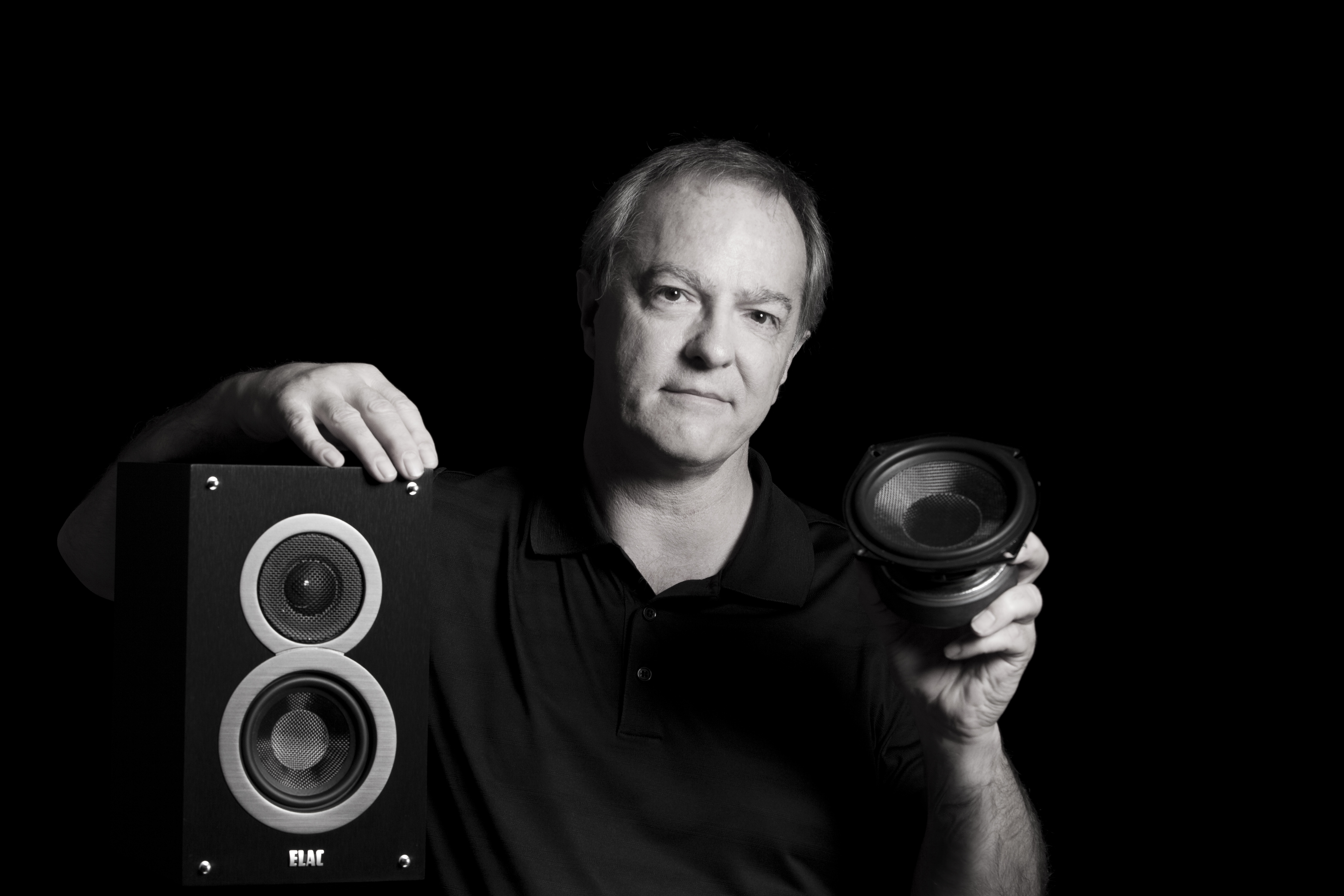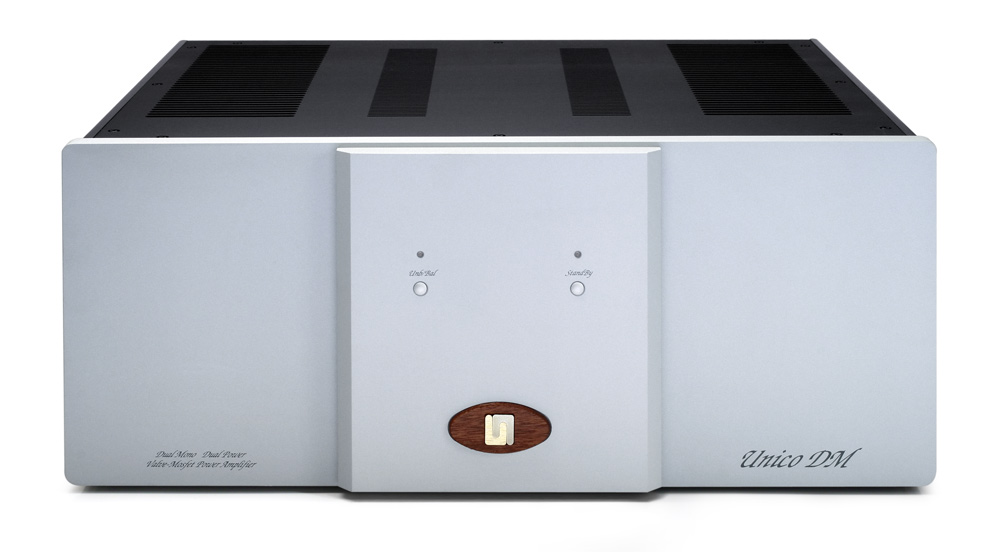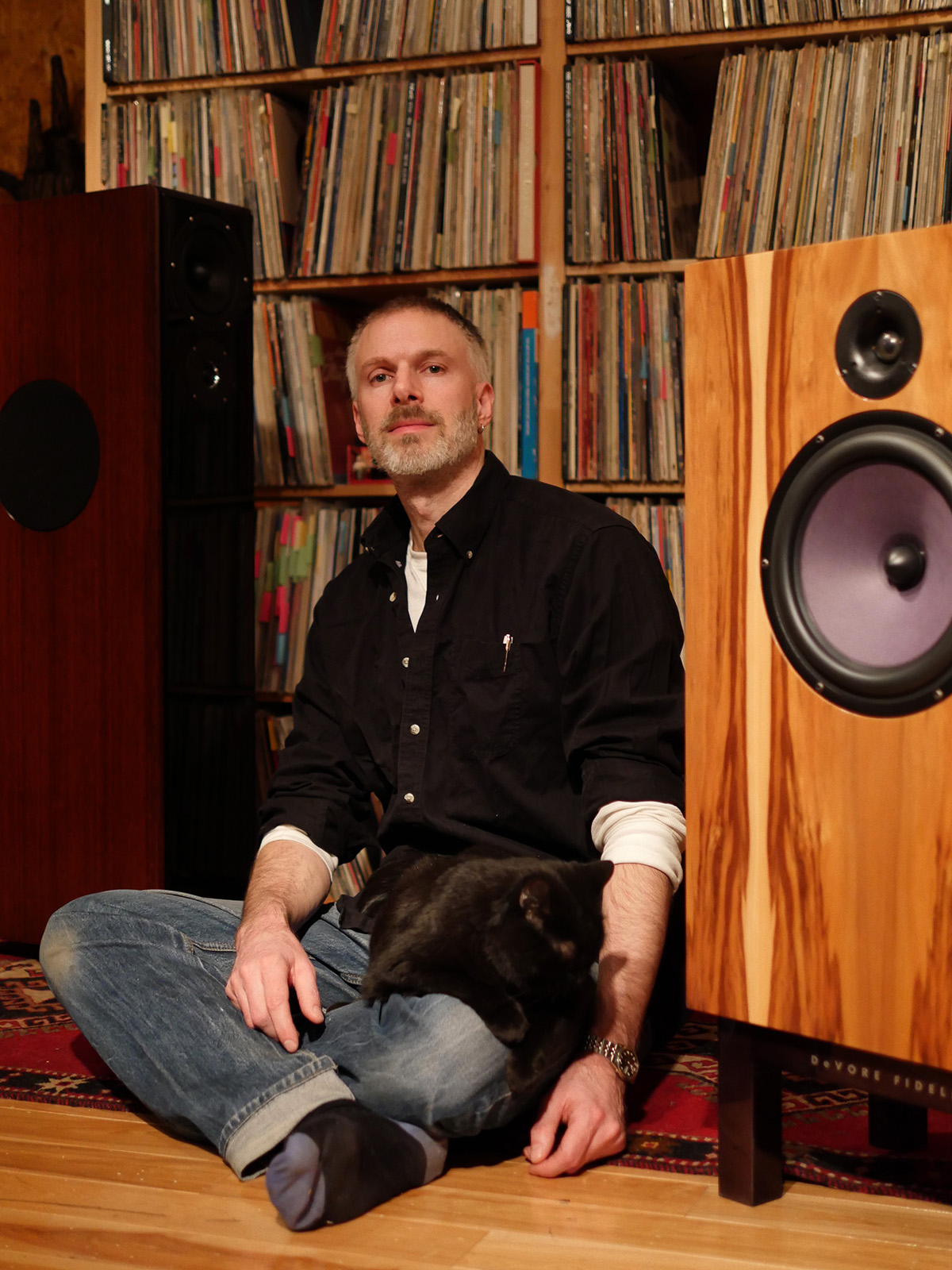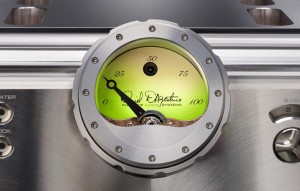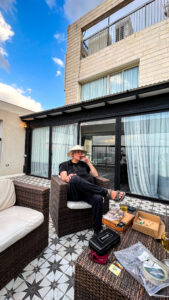The $18,000 Challenge, or: "Where the heck was I just now?"
The gods of inspiration picked the moment I was fishing out leaves from my pool to wallop me in the head with an idea so unassailably right and fair and potentially fun it felt like I'd been granted a power to make the average audiophile happier, myself included.
The idea's appeal is a confluence of two things:
- Its subject: the high-end audio retailer who's been around forever and is still around. More specifically: a local high-end retailer of mine open since 1969, whose offerings I mostly can't afford.
- What pumps excitement and hope at the center of it: a challenge, one I put to the manager of the aforementioned retailer.
This is how my introductory call to him went:
"Hello, Mr Poulin. My name is Robert Schryer and I write a column for Positive Feedback that centers around our emotional and intellectual connections with reproduced music." Total silence, like Mr Poulin had left to do something important. My thoughts raced. To muster courage, I tried to imagine his ear glued to the receiver in anticipation of what I'd say next. "I'd like to offer you a challenge, Mr. Poulin, and that challenge is:
To assemble, exclusively from the gear you sell, an emotionally and intellectually compelling sound system of uncompromised musicality for $18,000 retail."
More silence. Then: "You write a column for Positive Feedback?"
"You can check it out for yourself. I've got two parts up there that explain what my column is about."
Pause. "Do you have a preference whether the source is digital or analog?"
"You choose how you want to do it."
"Okay. Sounds like fun. Tell me when."
I told him next Tuesday, 2PM. And that was it. Our chat lasted barely two minutes, during which Mr. Poulin neither hemmed and hawed nor attempted to negotiate the terms of my challenge in some self-serving way. This was highly encouraging; if Mr. Poulin had any concerns about meeting my challenge, I couldn't tell.
It reinforced my own belief in the idea: By offering the high-end store an opportunity to showcase its wares, we might, in return, be privy to the sort of fully realized sound that can take us years of trial-and-error component swapping and cash injecting to finally pull off. Maybe, the theory went, this was—is—the perfect, all-around rational shortcut approach to system synergy.
I won't lie: I had expectations about the sound I was going to hear; I expected it to at least be good, predicated on a couple of pretty solid assumptions: 1) Those who have made and continue to make a living assembling audio systems probably know what they're doing by now, and, 2) Audio shops tend to stick to brands and components that play well together. Points 1 and 2 are how audio shops stay open. So is demonstrating sound to mesmerize the heart and mind, for $18,000.
Fast forward a week, to Tuesday, October 27: Greeting me in the store's lobby, Dany (we're on a first name basis from here on) comes across as a genial, unpretentious, early forties fellow eager to get the show on the road.
That road—the one leading cross-carpet to Dany's mystery answer to my $18,000 challenge—was flanked by pricey showroom gear I promised myself I'd cozy up to later. It triggered my first 'official' question to Dany, albeit it to the back of his head: "Does more money typically buy more musicality, or does it buy more of some thing, like bass, or details, or a bigger soundstage?"
He stopped to turn toward me. "It's about personal expectations," he said. "When a person's listening expectations are met—sound-wise, look-wise, pleasure-wise—then money becomes irrelevant."
With that in mind, I followed him into the music room, where I came face to face with:
The $18,000 Contender
Dany Poulin: Ready to Rumble – note: the above laptop was not used to stream music.
The players:
Speakers: Vienna Acoustics Beethoven Baby Grand Symphony Edition. Bass reflex, 3-way monitors; Frequency range: 30Hz-22kHz; Sensitivity: 90dB into 4 Ohms. Price: $6000
Integrated amplifier: Ayre AX-7a. Solid-state, class A/B integrated amplifier; Output power: 60 Wpc into 8 ohms (120 Wpc into 4 ohms); Inputs: 4 (2 balanced, 2 single-ended). Price: $3750
DAC/Headphone amp/Digital Preamp: Ayre Codex. Fully balanced, asynchronous DAC with volume control. Delivers PCM up to 32/384 and DSD to 128. Price: $1795
Source: Aurender N100H network streamer and digital file player. 2TB internal storage with 120GB SSD for caching playback; Supports DSD and all major digital formats at native bit and sampling rates. Price: $2700
User Interface: iPad Mini. Price: $400
Cables: A mix of Audioquest balanced interconnects, speaker cables and Shunyata power cords. Approximate price: $3500
TOTAL SYSTEM COST: $18,145
So: a whisker above my $18,000.00 guideline. Close enough.
Using the iPad to select and play CD-quality and 24/96 kHz music files from either my external hard drive or Tidal's online service, what struck me from the start about the playback performance was its combination of supple flow and vivid tonal colors. These were not your dad's solid-state and digital electronics; they were evolved mutations that held it all together with unstrained musicality. Notably, the audio band exhibited top to bottom coherence—a requisite to a sustained musical dream-state—to project a stable image that morphed seamlessly as the music unfolded.
In both 16/44 kHz and 24/96 kHz resolutions, and over a cross section of jazz, rock and classical recordings, other qualities that were constants included: colorful, rich, refined, seductive, textured, liquid, and…
That's enough of that. There are just so many words from the audiophile lexicon I can wade through before my mind goes numb. And sorry about not stringing those last ones together with some pretty prose; it's just not in me, not because I think those terms have no place in audio reviewing–they do; audiophiles are, naturally, curious about how a component actually sounds, so describing that sound has a purpose.
It's just not everything, just as musical involvement isn't something you can bake into a perfect soufflé with off-the-shelf ingredients. But more to the point: This column is not about audio reviewing in the traditional sense, the philosophical twist here being that while I believe that typical audiophile descriptors can be useful, even the most insightful of these is nothing more than a fleshless, soulless, mindless thing, akin to an exhumed human bone we can squint at and catalog but whose humanness we can only relate to from a distance.
Sonic traits are clues—clues intended to inform and guide, but which can also lead in the wrong direction: describing two amps as each sounding rhythmic and tactile or even musical doesn't mean they'll sound alike or be equally capable of satisfying us. For whatever reason that has everything to do with the ability of a machine to speak to us personally, we might even love one amp and hate the other.
The reason why is simple: Above any sonic trait, it's crucial to our happiness and friendly demeanor that a piece of audio equipment has the touch, and by touch I mean the ability to whisk our consciousness into rich, infinite worlds of musical discovery and rediscovery.
Think out-of-body experience. Yes, I'm serious. No, it's not weird, because you know exactly what I'm talking about. It's that destabilizing effect that washes over you when you suddenly find yourself at the wheel of your car and realize you just drove 20 minutes at highish speed without a single memory of having actually done it. Now substitute listening to music for the driving part and you get the out-of-body experience I'm talking about. That's the stuff of audiophile hopes and dreams.
And I got some of it from Dany's setup. Stretches of time when all I was aware of was the emotion and artistry in the music: the slow burn of a movement's climactic buildup, the breathy inflections of vulnerability in a voice, the joyful exaltation in the ascending notes of a saxophone. I'd be immersed in these otherworldly dimensions—these alternate lives—until such point—an abrupt gesture from Dany, the end of a song, that little voice in my head telling me to get on with it—I'd be knocked back to Earth, stupefied, and wait out the seconds for my bearings to return.
And that's the gist of it, not as elaborately told as I hope to do so someday, but suffice to say, for now, that there it was: the coup de grâce. The human connection. The passing grade. My $18,000 challenge beat.
From there, I quickly initiated the next phase of my visit, one with the potential to benefit each of us right away. With two decades spent in the business, Dany obviously had some time-tested tips on one of the biggest factors affecting sound quality in the listening room: system setup.
So, with pen and notepad in hand, I started grilling him:
Q "What's your best trick for speaker setup?"
A "Make sure both speakers pressurize the room evenly and then play with toe in and rake angle. This works wonders for tonal balance."
Q "What kind of sound are you hoping to end up with?"
A "One that's tonally fleshed out. A good bass foundation will make high and midrange frequencies sound smoother and more effortless. The overall effect is a richer, more natural sound."
Q "What's a no-no when it comes to setup?"
A "Trying to use the sonic colorations of one component to compensate for those of another, which is like trying to equalize the system. You should keep the signal path as uncolored as possible to achieve top to bottom coherence."
Final question:
Q "When auditioning a system, how does a person know if the sound really is good?"
His smile widened. "They should listen to their favorite music. If it sounds good to them—if it meets their expectations—then the sound is good."
I left the store after that, but not before I cozied up to some of that pricey equipment I'd spotted earlier.
Soon after Dany and I parted ways, I began wondering which of his system's design aspects might have played a bigger role in its sound: the Aurender's full linear power supply? The Ayre Integrated's zero-feedback, fully balanced circuitry? The Codex's ESS Sabre ES9018 DAC chip? Or maybe the Beethoven's Neodymium silk dome tweeters?
My pragmatic side was quick to answer: None. None, as in: no one thing was more important than any other because everything in the signal path contributed to the sound I'd heard. And what I'd heard was at the root of my musical, out-of-body escapades: system synergy.
The real question is: would Dany's system be synergistic with you, the individual? Call it the personality factor. Not yours, the system's. A universal truth in every facet of human consumption is that we don't all like the same things, nor to the same degree.
So while audiophiles, not without reason, love to extol the virtue of neutrality in sound reproduction, deep down in our beating hearts and swooshing veins and popping brain synapses we yearn for a sound system possessing a personality conceived in our own image. After all, our trusty, beloved hi-fi is an extension of who we are, physically and psychologically.
For this reason, to Dany's system I append this cautionary asterisk: As much as I admired its sound, its personality won't—can't—suit everyone. If you're an unremitting fan of such things as tubes or horns or electrostatics, or a punchy, more forward presentation, then you might find longer term happiness elsewhere.
For everyone else, Dany's system may be exactly what you're looking for: a supremely musical, $18,000.00 turnkey solution you can choose to build up to at your own pace.
Sure, investing in an audio rig you haven't heard might seem a little leap-of-faithish. But even if you took out my positive comments from the equation, you're left with a stereo system made up of some of the most iconic brands in the industry, revered around the world for their musicality and cutting edge design applications. Add to that that it was assembled by a paid professional on behalf of an audio store that's been around since the Summer of Love, and the risk takes on an allure of reasonability.
The good news is there are plenty of choices and opportunities out there that have the potential to deepen our emotional and intellectual connections to our music, enough to satisfy the expectations of every one of us.
So let's reel in the anchor, maties! We're heading out.




